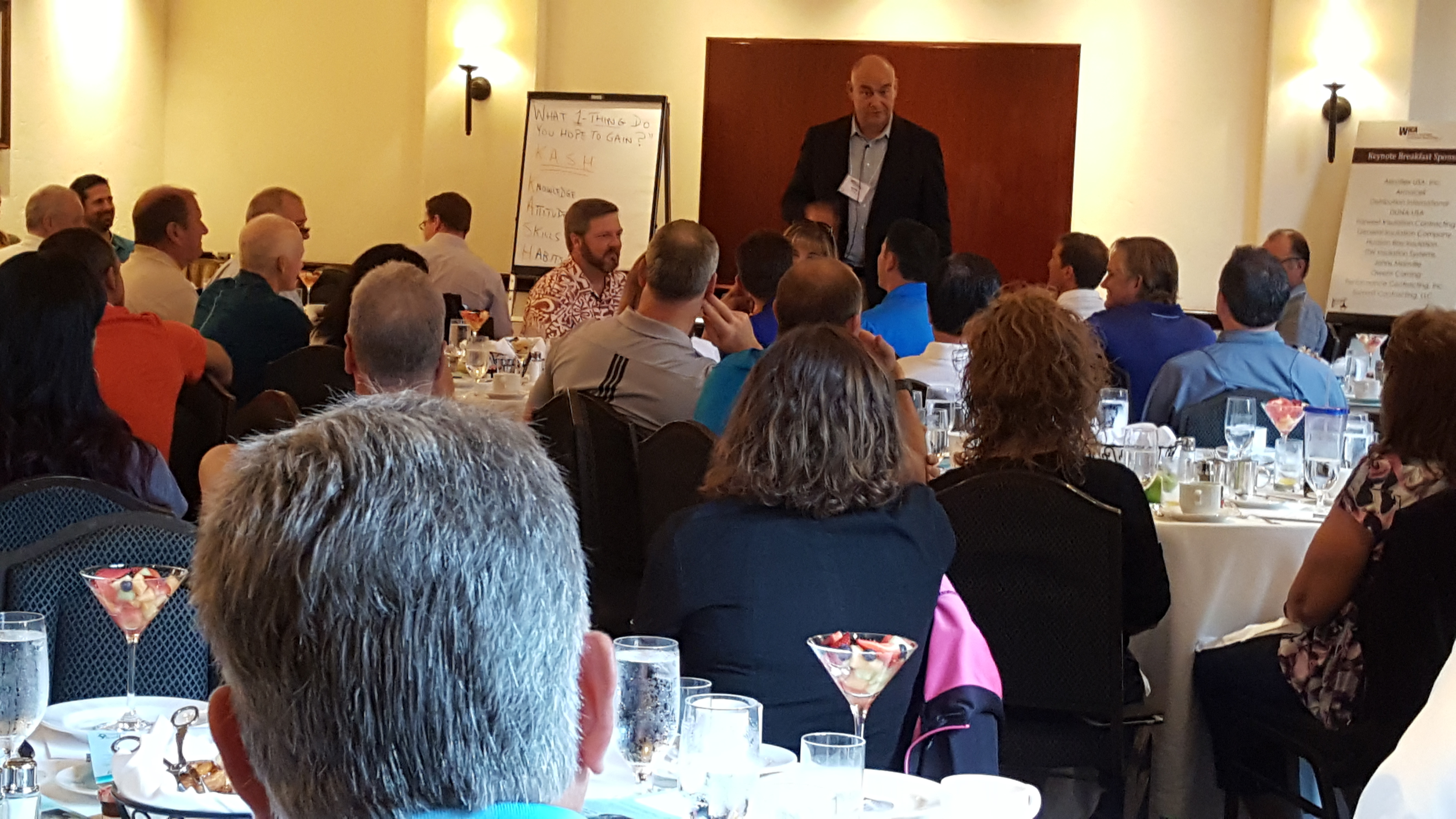Adding Time is a Matter of Habit
By Mark Matteson. Used with permission.
We have all the time there is.
No one has any more or any less of it. Twenty-four hours in a day; 1,440 minutes; 86,400 seconds.
Ever hear someone ask, “Do you have a second?” That usually means an hour. Why don’t we say no? The truth is, we don’t manage time. We manage activities in relation to the sands of time, dropping through our own personal hour glass.
No time? That’s a myth.
Here are some other myths about time. I call them ‘Rational-Lies’. See if you are guilty of saying one or more of these excuses. I know I have.

- “I am waiting until I have more time.”
- “It (planning) doesn’t work for me.”
- “I always lose my list.”
- “I already took a time manage course (or read the book).”
- “You just can’t get organized around here.”
- “But there is nothing I can do.”
- “People keep interrupting me.”
- “Time Management is boring.”
- “Isn’t there a danger you will get so organized you can’t get anything done?”
- “I need someone to motivate me.”
Is it time to be honest? Are you operating on a small fraction of your potential? Would you like to learn how to get twice as much done in half the time? If you answered yes, read on…
My mother passed away two years ago. Her sand was all gone. She was one of the best time managers I ever knew. We finally sold her house. As we divided up her lifetime of possessions I was struck by how incredibly organized she was, in every aspect of her life. Finances, closets, book shelf, scrapbooks and pictures, even her kitchen. (She labeled everything!) It was clear much of what she owned reflected how proud she was of her history: British history, family history, the things she loved and cared about. Her home was a shrine to a life well lived and travelled. Some of those treasured belongings ended up in my house. Now I had nine pounds of coffee in a five-pound can.
I sat down and mind-mapped this massive project. I decided to go through every room, closet, nook, cranny, and shelf to purge, sort, toss and clean. In re-organizing my book shelf, I created a shelf just for books on “Time Management & Organization”. I went back and reread some classics on the subject. It was a reminder of the things I used to do but got out of the habit.
Good habits are hard to form but easy to live with. You might be reminded of some great habits that will once again, change your life. The experts offer affirmations.
Here the first 10 of the 55 Best Ideas from this research project and my own experience. Thanks Mum.
- Sit down with a journal and write out Your Lifetime Goal List (Now called a Bucket List). 101 things you want to do, be, see, have or share before you kick the bucket. Mine took about 45 minutes.
- Label the Goals as: 1-Year, 5-Year, 10-Year, 20-Year Goals, to the left of each one.
- Rewrite Your Top Ten 1-Year Goals and Prioritize Your List 1-10.
- Rewrite Your No. 1 Goal on a 3” x 5” card as if it were alreadytrue in Goal Achievement language, Personal, Positive, Powerful and Present tense: (“I AM a ruthless manager ofmy time. Organized, Disciplined, Effective!”) with 5-25 Reasons WHY you want that goal.
- Bombard Your Subconscious with that goal. Choose one modality that fits you. All that is needed to change your self-image (your internal thermostat regulator) is the formula: I x E x R = N/R (Impression x Emotion x Repetition = New Reality!) It’s a daily discipline: Write it out in your journal; Say it aloud; Visualize it happening. Or, record it and play it as you walk or work at least 2-3 times a day for 90-days. Slowly you will change the setting on your t-stat and your corresponding comfort zone will change, as will your behavior and habits.
- Invest in Your Own Hour of Power: 20-minutes of reviewing your No. 1 goal; 20-minutes of planning your day, listing the six most important actions items for the day, and 20-minutes reading a book in alignment with that goal.
- In planning your day, list your top priority actions as A-1, A-2, A-3, A-4, A-5, A-6; B-1, B-2, B-3, and so on. Then focus on A items first. Resist the temptation to do a B or C item. Stay focused on what is most important to you.
- Adopt the attitude and belief, “I avoid feeling guilty about what I don’t do.”
- Say aloud until it becomes a habit: “I enjoy whatever I am doing. I love life!”
- Ask yourself throughout the day the Alan Lakein Question, “What is the best use of my time right now?”
 Mark Matteson is an international speaker, corporate consultant and best-selling author. You can find more of his ideas on time management in his book “It’s About TIME”. His website is sparkingsuccess.net. To book Mark for speaking occasions, you can reach him at 206-697-0454 or mark@sparkingsuccess.net.
Mark Matteson is an international speaker, corporate consultant and best-selling author. You can find more of his ideas on time management in his book “It’s About TIME”. His website is sparkingsuccess.net. To book Mark for speaking occasions, you can reach him at 206-697-0454 or mark@sparkingsuccess.net.




